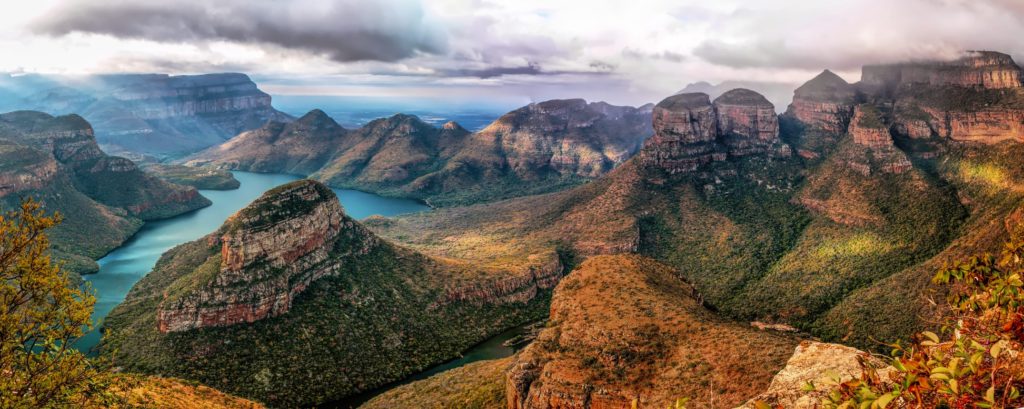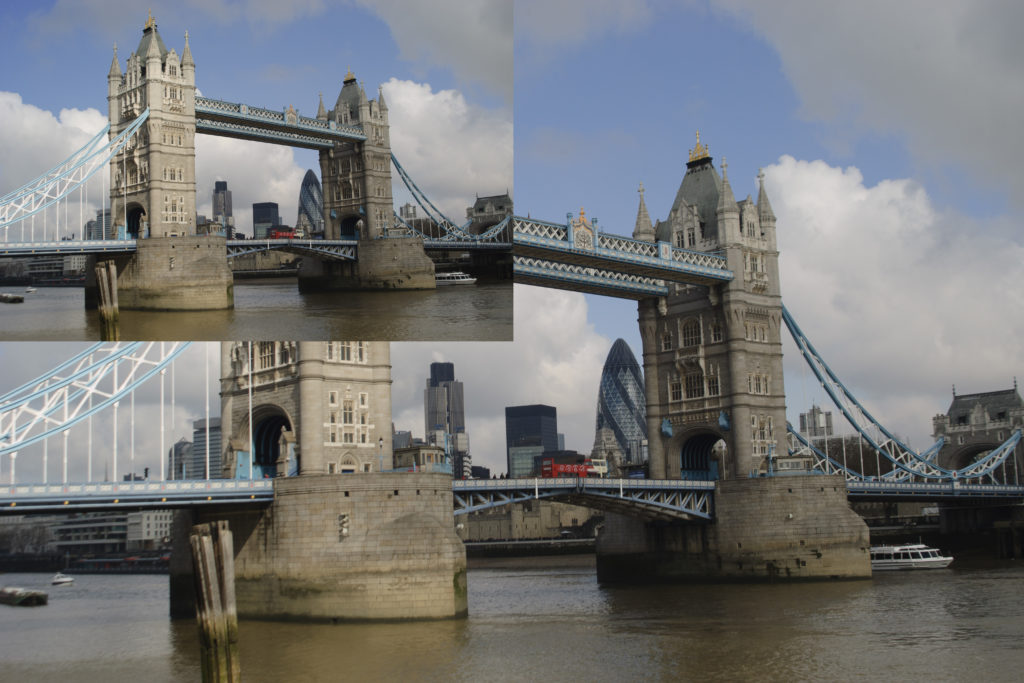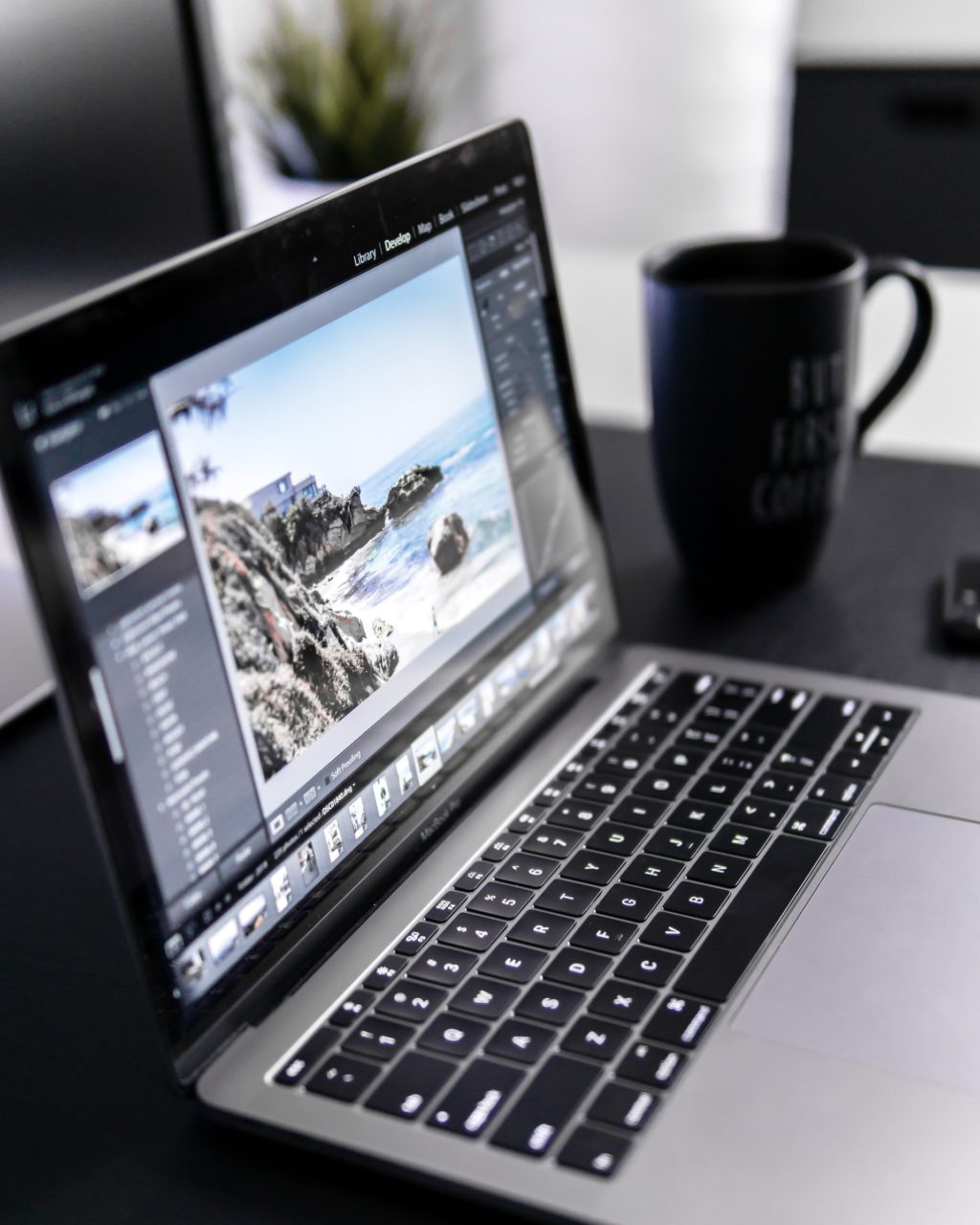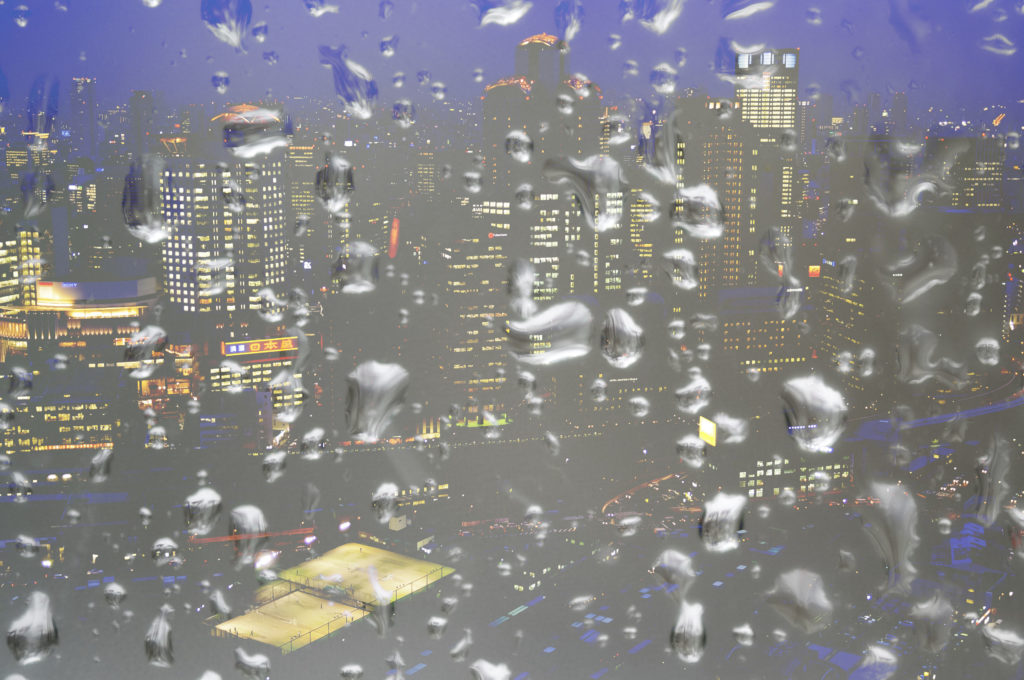For most photographers, Photoshop is one of, if not the primary tool used to make adjustments to digital photos. It's their darkroom, allowing creativity and correction for mistakes made in, or uncontrollable situations while shooting. Additionally, it can be used to black and white, sepia and other color conversions, selective color, blemish removal and removing red eye. With every release of Photoshop, more tools are available, making the toolbox grow and the editing abilities near endless. That's not to say every filter and every option should always be used, there are some things that are just a crime in Photoshop.
Saving over your originals is one of the things I've always been conscious of not doing, but in talking with other photographers, they apparently do it on a regular basis. Perhaps it comes from a bad habit formed from writing long papers in school and always hitting cmd (ctrl for you Windows folks) + S while writing that translated over to Photoshop for saving while in progress. No matter what, you should never save over your original files!
Upsizing your files is never a good idea, no matter what! Upsizing is a term used when you resize an photo (Image > Image size) to a dimension larger then it was originally shot in, usually for printing. Some printers set a minimum suggested size for larger prints, one that exceeds that of most digital cameras. What I mean is, a Printer might be looking for a preferred digital photo that is 6000×9000 @ 300 DPI for what it would consider an amazing print. By the math, that's a 54MP camera would be needed! The reality is, most DSLRs on the market 10mp and higher are more than capable of producing stunning 20×30″ prints provided the exposure was done well and the ISO isnt' too high. Don't ever upsize your photos, all you'll get is a monstrous file that has no more real data in it, but looks more pixelated.
HDR‘ing photos to death. High Dynamic Range is a wonderful thing, however it's often over-done and leaves less than pleasing results. If you totally lose the highlight and / or shadow detail, have a glowing effect around any part of the image or it starts to look more like a painting, you are probably abusing the HDR functionality in Photoshop. There is a time and place for HDR, but the over-kill that is showing up on the Internet is not the best use of it.

Photo by Burst
Using the erase tool instead of masking is one of the biggest mistakes photographers make while editing. Most photographers have learned to manipulate Photoshop, originally a graphic design tool, and learned on their own how it works. The erase tool makes sense, it simply erases. Utilizing masks takes a bit of understanding but is far more flexible and does far less damage.
Not utilizing smart filters leaves your original file in tact, and editable. Utilizing them in your work-flow is simple and easy to do. Select the layer you want to apply to and go to Filters > Smart Filters and it will convert the layer into a smart object.
Shortcuts in Photoshop are huge time savers and learning them, even the most basic ones, will drastically speed up your work-flow. Most all menu systems in Photoshop tell you the shortcut when you select it with the cursor, but a complete list of all versions of Photoshop (excluding the newly released CS5) can be found here.
Grayscale is not the best B&W conversion tool available in Photoshop. Many new users of Photoshop convert color photos to black and white via the Image > Mode > Grayscale option. This result is muddy and has no real tonal quality to it. There are far better ways, actions and plugins to help convert your color photos to black and white that will create stunning photos, not muddy, dull and boring black and whites.
Photoshop is an intense program that I honestly don't think anyone ever masters. That's not to say you can't use it to the best of your ability, learn a few things and avoid damaging your images or outputting poor quality work. For me, Photoshop is an ongoing learning process and I'm guilty of making most of these mistakes at least once over the last 12 years or so. Learn, progress, improve and move on.







11 Comments
Hi,
Maybe it’s standard, but I think it may be a good idea to mention that Tony_V’s picture is a good example, not a bad one.
Thank you for the tips.
Jeff
Some make some sense, I don’r agree with you on all, I don’t think we have the same workflow, I use LR.
Everyone always says not to use gray scale to convert to B & W but then no one eva says what else to use
Didn’t say not to use it, it said it’s not always the best. I’ve taken the desaturation route (in cmyk or rgb, whatever) to get it to look how I want it, then convert it to gray scale. Works pretty well.
I totally understand. What are you supposed to use instead?
There’s a black and white adjustment too that’s quite good if you adjusts the reds, play around with it a bit.
also the channel mixer adjustment has some good presets and you can tweak to your heart’s content.
sorry, that should read ‘black and white adjustment tool’.
use the ‘monochrome’ check box on the channel mixer.
@Jeff – what do you like about Tony_V’s HDR photo?
@Louis – I use both Lightroom and Photoshop for my post processing.
@DanicaT1982 – Since this wasn’t really a tutorial, I didn’t go much into detail. There are a lot of different ways, including the basic built-in presets for Lightroom, or the channel mixer in Photoshop. There are also a slew of presets and actions (free and paid) for LR and PS.
I don’t see CS5 on the site with the list of shortcuts?
I would hope that the more seasoned users of PS don’t commit any of these crimes. These are all rookie mistakes that really shouldn’t happen after the first time you’ve been burned.
@DanicaT1982 – I’ve always been a big fan of black and white conversions. Try Silver Efex 2 from Nik Software. It will change your life 😉